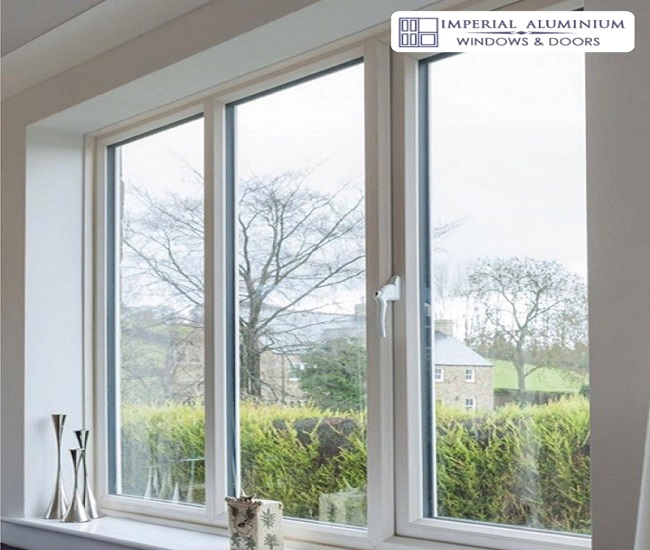All Categories
Featured
Table of Contents
Upvc Double Glazed Windows Australia in Wattleup Perth
That window can send more solar heat in winter season than in summer. A west-facing window on a summer season's afternoon has an angle of incidence from near 0 as much as 30 with a large efficient location of solar radiation. A north-facing window, in summer season, has a high angle of occurrence and a low reliable location of solar radiation, so can transmit less heat than a west-facing one.

You can quickly and quickly enhance the thermal efficiency of your home by changing your windows. This is one of the most reliable approaches of renovation to achieve improved thermal convenience. There are thousands of kinds of glass and frames to choose from. Picking the right ones is very important to improving the energy effectiveness of your home.
The Ultimate Guide To Double Glazed Windows in Daglish Western Australia
Single glazing with clear glass is not very effective when it comes to heat loss or gain. To improve efficiency, you can use single glazing with a more energy-efficient type of glass such as low emissivity (low-e) glass.
The energy performance of IGUs also depends on: the residential or commercial properties of each layer of glass. Different glass types (for example, clear and low-e glass) can be put together in an IGU.
5 Benefits Of Double Glazing Windows in Balga Perth

IGU cavities can be filled with air or a more inert, low-conductivity gas such as argon the width of the cavity. Cavity thickness is normally 6 to 18mm. Wider cavities supply lower (better) U values, with 12mm generally accepted as the favored gap how well the cavity is sealed. Cavities must be dry and well sealed to prevent wetness getting in.
If argon is set up to the cavity in location of air, wetness is reliably omitted the level of desiccant (drying agent). The spacer (metal or polymer strip) that separates the glass layers consists of a desiccant to absorb any moisture. Insufficient desiccant may cause moisture to condense on the glass surface in cold conditions, minimizing thermal efficiency.
How Does Double Glazing Keep Heat Out? in Greenwood WA
IGUs can provide much better energy performance for all environments, specifically in heated and air-conditioned homes. Cross-section information of single, double and triple-glazing systems Low emissivity glass (frequently referred to as low-e glass) reduces heat transfer. Low-e glass may be either high or low transmission: High transmission low-e glass has a covering that enables daylight from the sun to enter your home to achieve good solar heat gain, but reduces the amount of the long wavelength infrared heat that can leave back through the window.
Low-e glass has either a pyrolytic coating or a vacuum-deposited thin film metal finishing. Pyrolytic finishings are resilient and can be utilized for any glazing; vacuum-deposited coatings are soft and are only utilized within IGUs. Low-e finishes can considerably improve both U value and SHGC; however, they should be used correctly or they will either weaken or stop working to perform as needed.
Double Glazed Windows Sydney & Replacement Windows in Walliston Perth
Low-e finishes can be utilized in combination with clear, toned or reflective glass. Low-e coverings on glazing can lower heat transfer where needed Picture: Department of Market, Science, Energy and Resources Toned glass has colouring additives included during manufacture. It is available in different colours, generally bronze, grey, blue and green.
Latest Posts
Window Glazing For Households - Energy in Myaree WA
Why You Need Secondary Glazing In The Summer in Madeley WA
Secondary Glazing: Is It Worth It? in Applecross Perth